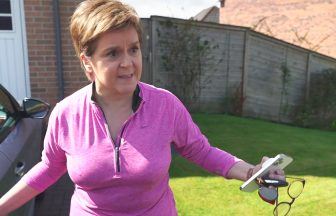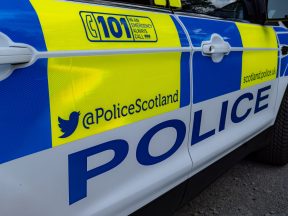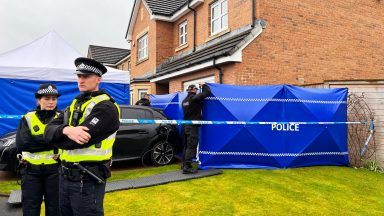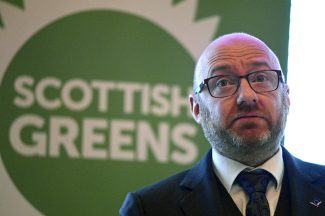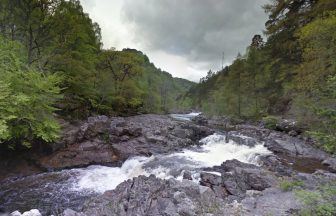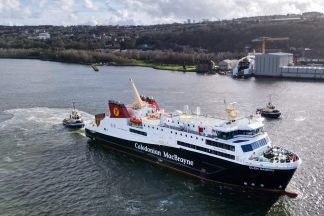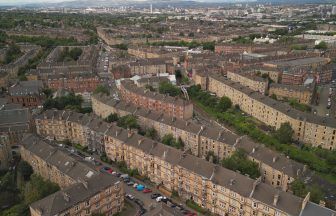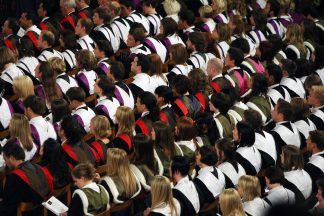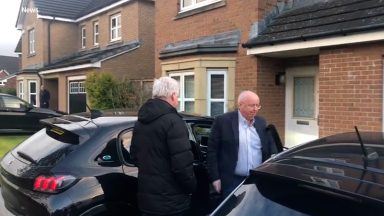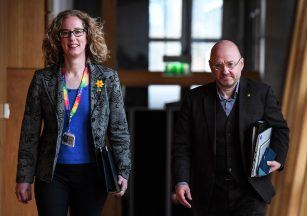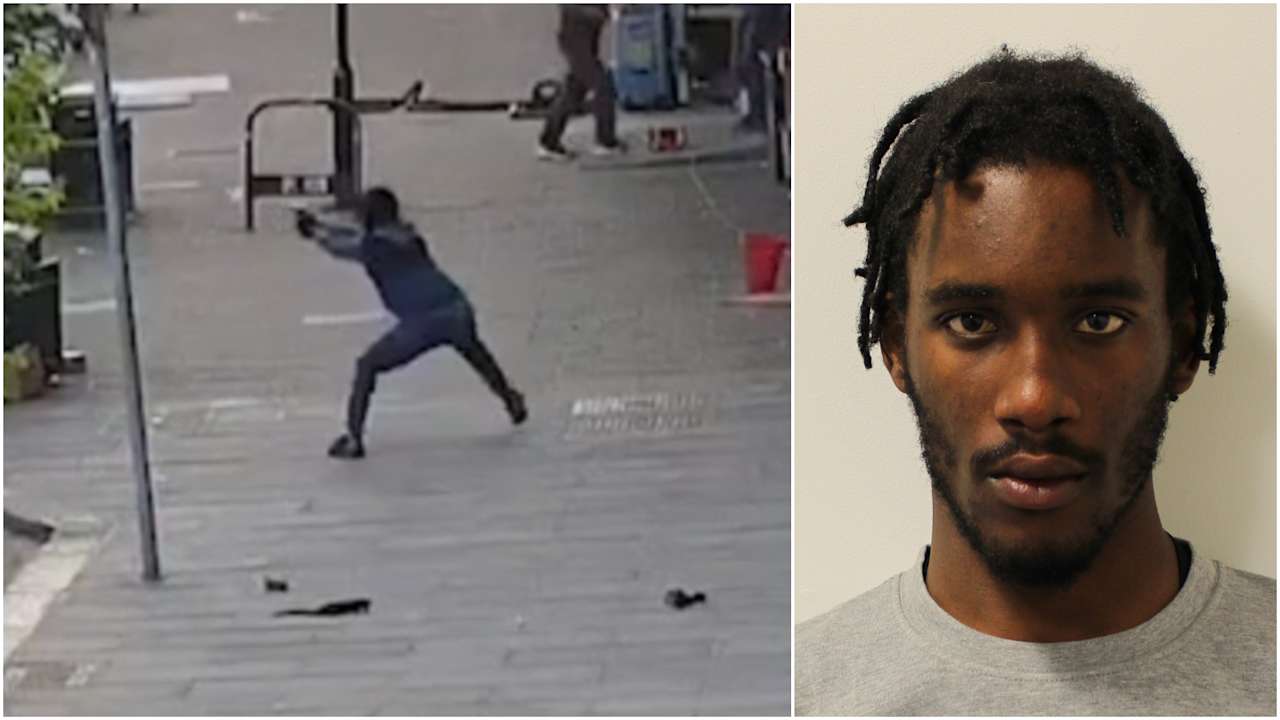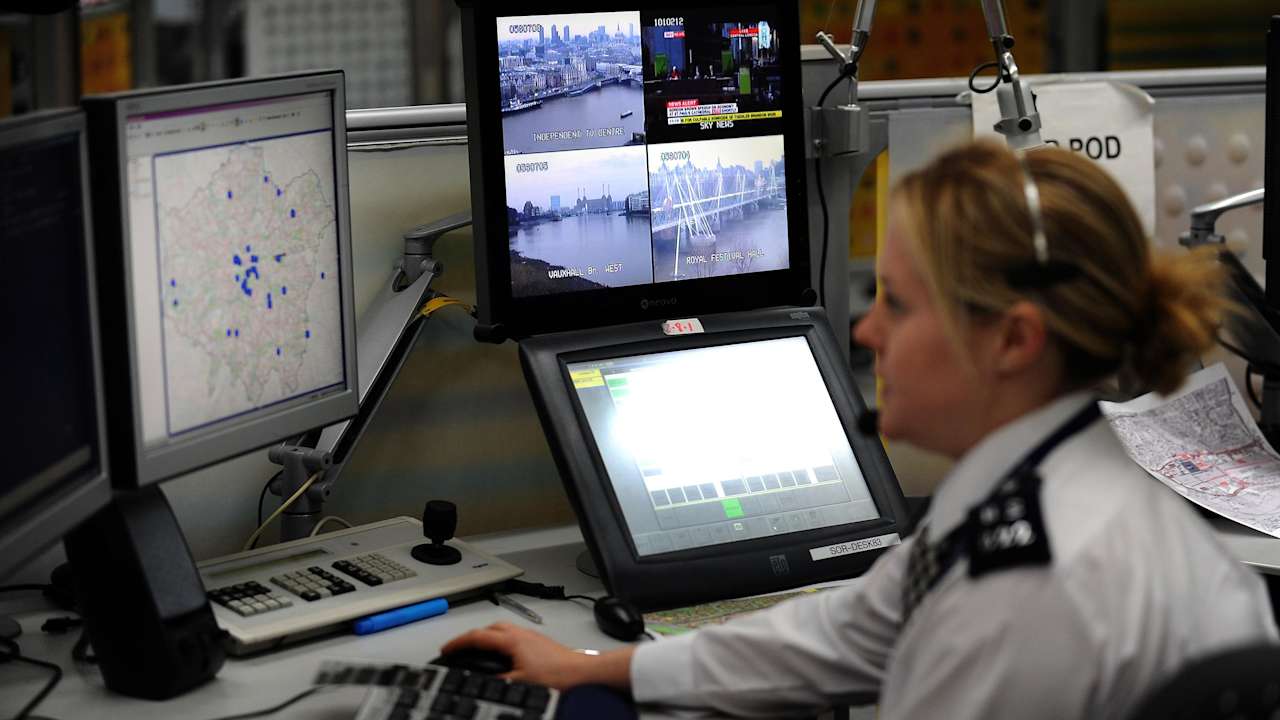Seven streets have been highlighted as among the most polluted in Scotland, according to new figures.
Campaigners have described the state of the country’s air as “shameful” after data suggested Nitrogen Dioxide limits were breached at six areas last year.
The problem spots were Hope Street in Glasgow, Nicolson Street and St John’s Road in Edinburgh, Seagate and Lochee Road in Dundee and Academy Street in Inverness.
Meanwhile, provisional data has also indicated Salamander Street in the capital has breached the limit for particulate matter.
Gavin Thomson, air pollution campaigner at Friends of the Earth Scotland, said: “These figures are shameful.
“They show that air pollution is failing to improve across Scotland, which means millions of us are at risk of serious health conditions, like asthma, heart attacks, and strokes.
“In many areas, pollution problems appear to be getting worse.
“The UN climate negotiations coming to Glasgow in 2020 should be a wake-up call. Our transport system is unsustainable.
“It is harming our lungs, and causing climate change.
“Transport is the largest source of climate emissions in Scotland, with levels remaining pretty much the same for the last 30 years.”
Glasgow’s Hope Street recorded 55.63 microgrammes per cubic metre – comfortably higher than the limit of 40.
Glasgow City Council said a “wide range of work” is under way to encourage active travel and reduce the use of private vehicles.
A spokesman said: “We have a number of initiatives in place or being developed that aim to improve air quality in Glasgow.
“A wide range of work is under way in Glasgow to encourage higher levels of active travel, drive up standards in public transport and reduce the reliance on private vehicles.
“The £115m City Deal Avenues project will transform the urban realm of 21 major streets in Glasgow city centre to encourage more walking, cycling and economic growth.
“Similar plans for Byres Road will also support a focus on cycling, reduce the availability of car parking and create a better environment.
“Since the start of this year as part of the phased implementation of Glasgow’s LEZ, at least 40% of journeys through the city centre will now be made by buses that meet the required emission standard.
“By the end of 2022, this will rise to 100% at which time the LEZ will broaden in scope and become applicable to all other vehicle types, including taxis and private cars.
“The recently introduced bus gate on Oswald Street is steering hundreds of vehicles away from Hope Street every hour, which will help to reduce emissions in the area.”
Follow STV News on WhatsApp
Scan the QR code on your mobile device for all the latest news from around the country


